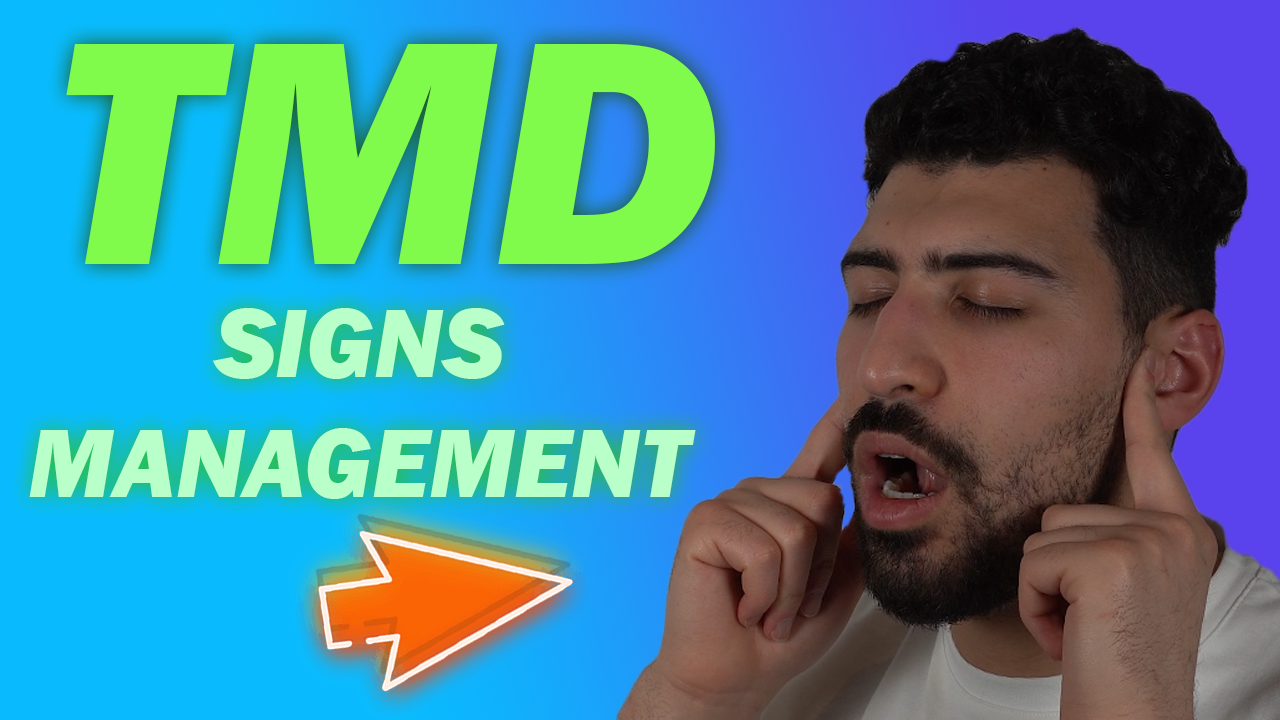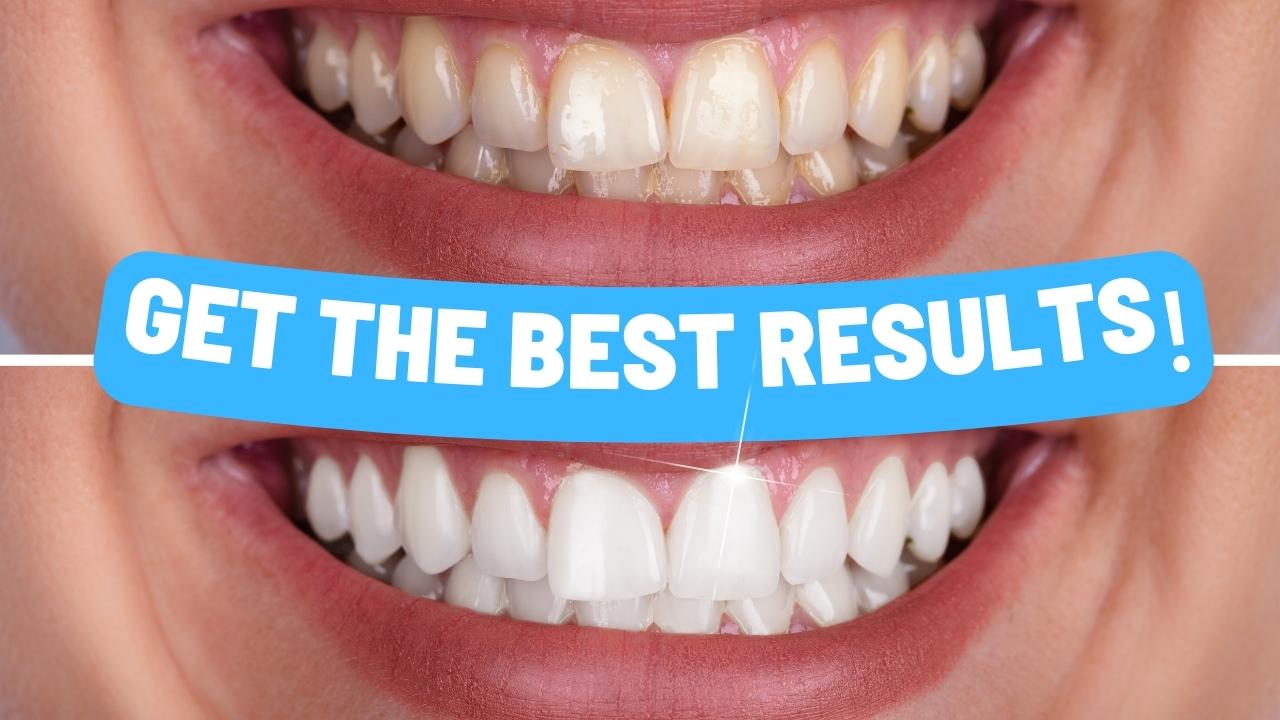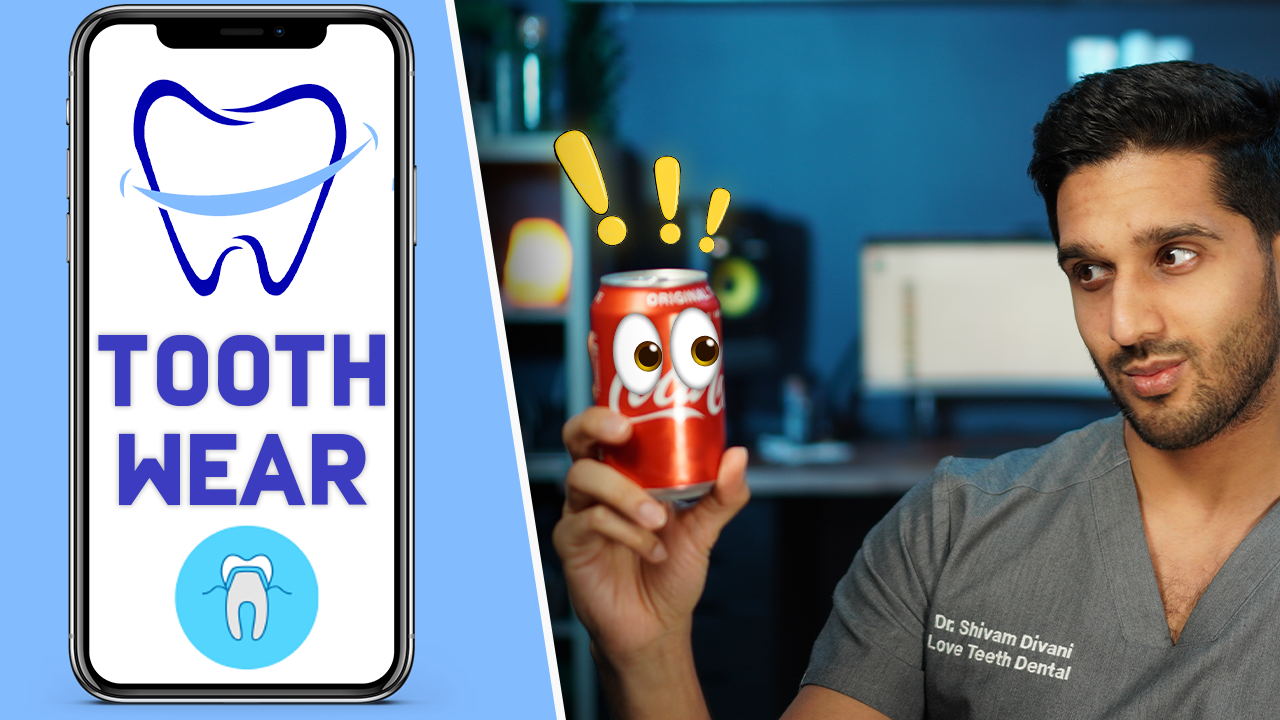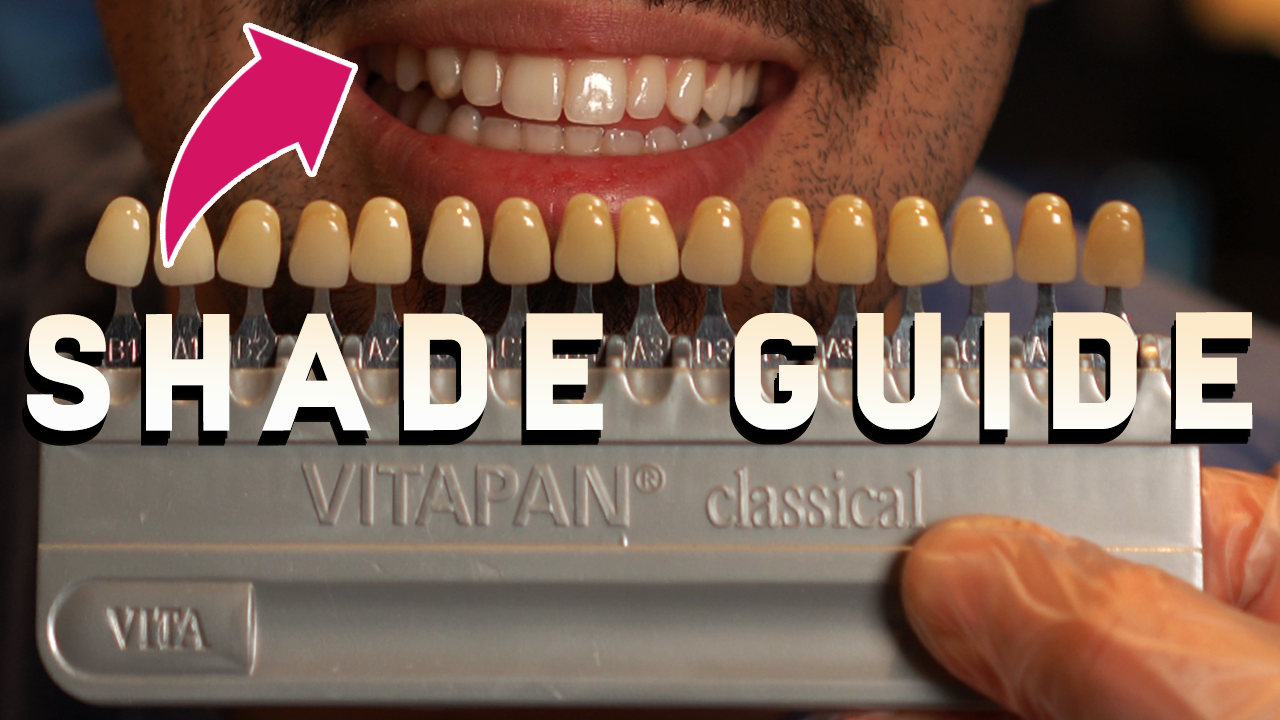Have you ever found that your periodontal treatment isn’t really working and your patients go on to lose their teeth? Today, we’ll be covering our top 5 reasons why that might be the case.
Hi everyone and welcome back, today I am honoured to be joined again by the amazing award winning dentist Dr. Anoushiravan Ariakish who is the director of the award winning practice White Rose Dental Studio and has over 25 years of clinical experience with a masters in periodontology and a special interest in the diagnosis and treatment of peri-implantitis.
Insufficient treatment
The first reason why your periodontal treatment might be failing could be due to insufficient treatment. There are multiple reasons why you might be failing to provide the best treatment. and we’ll go through them now.
The amount of time and effort spent on a patient with periodontitis is important. A full periodontal assessment can’t be done in less then 60 minutes. It’s not something that can be squeezed in between patients. Appropriate radiographs must be taken, fully assessed and reported on.
Intra-oral photos should be taken before and after disclosing tablets are used to be able to visualize the plaque retentive areas for both the clinician and the patient. Full mouth pocket charting, plaque scores and bleeding scores must be done at the onset of the treatment. Also, a full medical, social and dental history should be taken to highlight risk factors like diabetes or smoking.
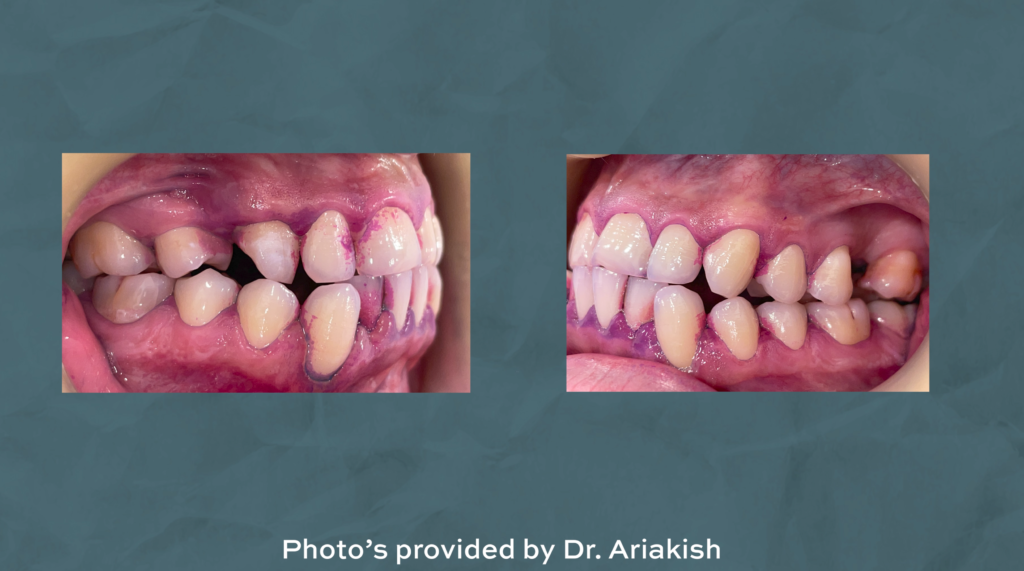
A periodontal chart including plaque and bleeding scores should be referred to during the periodontal treatment to make sure appropriate and enough debridement is carried out for each surface of the teeth. A particular site with deep pockets, extensive bone loss or plaque retentive root anatomy may need a very long time spent on for sufficient debridement.
Another one of the causes of treatment failure is insufficient debridement due to the lack of knowledge about tooth anatomy and lack of attention to the established periodontal depth. Familiarity with instruments for periodontal treatment is also very important. Use of the correct instrument for every surface is crucial and the clinician must be able to assess the efficiency and quality of the instrument. One basic reason for inadequate debridement and treatment failure is lack of attention to the “Active” or perhaps “Not so active” worn out tip of the instruments used in the treatment of periodontitis.
Site-related risks
The second reason why your periodontal treatment might be failing is because of local risk factors. These could be due to overhangs, furcation’s, limited mouth opening, crowding or even restorations with poor designs.
Overhanging fillings or crown margins of different sizes will harbour plaque and food particles, preventing the patient from full and effective interdental cleaning. Furcation defects can be practically impossible to reach even with a clinicians professional tools, prohibiting effective plaque removal and therefore facilitates the fast progression of the periodontal disease.
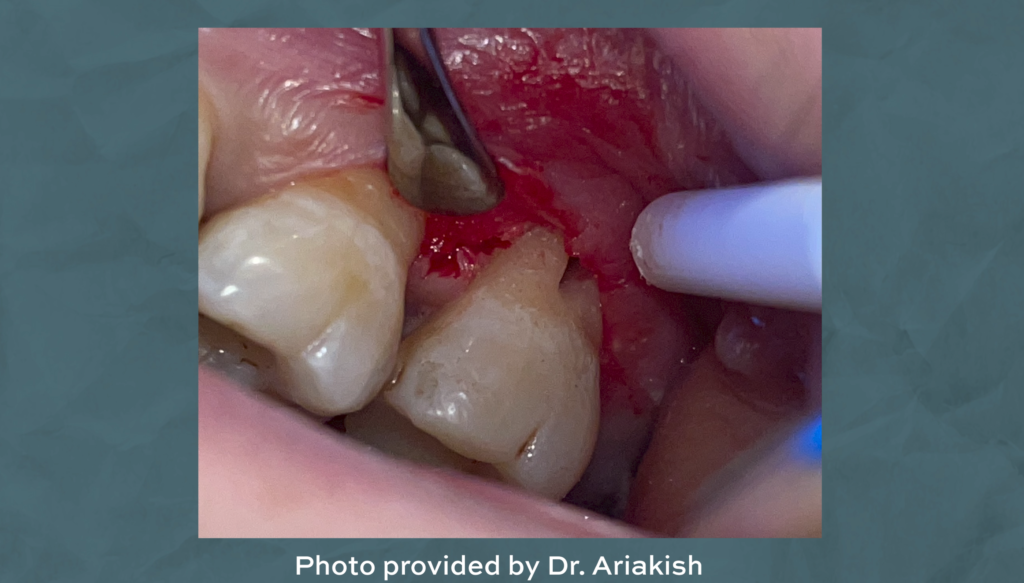
Some patients will present with limited mouth opening making it difficult to reach particular parts of the mouth especially at the back. Patient’s might also present with severe crowding which would prevent them from brushing effectively and others might present with partially impacted wisdom teeth creating a niche for plaque retention, bacterial growth and bone loss.
The last thing to be aware of when it comes to local site related risk factors is the fabrication of a prosthesis with a poor design which can also be a factor, that if not corrected will lead to the failure of the periodontal treatment through plaque retention and cleaning difficulties.
Medication
The third reason why your perio treatment might be failing could be due to a particular medication which your patient is taking. Certain medication taken by the patients may cause gingival inflammation which creates the space for the bacterial biofilm to grow and further deteriorate the periodontal status via inflammatory reactions from the host.
Here comes the importance of accurate medical history taking and a good knowledge of the medicaments that can affect the gingival tissues. The first line of action is to contact patients doctor in writing to discuss the possibilities of replacing a particular medication with another that would not have an effect on the gingiva. At the same time a thorough scale and polish and subgingival debridement should also be carried out by the clinician.
Inadequate OHI
The fourth and most obvious reason why your perio treatment might be failing is because of the lack of good oral hygiene from the patient. This could either be due to the clinician not spending enough time educating the patient or due to a lack of patient compliance.
As you already know, the plaque and host interaction causes a change from a state of periodontal health to periodontal disease. If the patient’s not aware that it’s actually plaque that’s giving them all their gum problems, or if the patient doesn’t know how to effectively remove the plaque, then you can’t expect their periodontal health to improve.
Patients must be informed about their important role in the succession of their gum disease treatment. It is very important to establish the patient’s understanding that the maintenance of their gum health is in great part achieved by the efficacy of their teeth cleaning at home.
Oral hygiene instructions is not a “one size fits all exercise”. Patients periodontal status should be assessed tooth by tooth and a care plan devised for each sextant of the jaw. There are various spaces with different sizes between the teeth and if the clinician doesn’t spend enough time to establish and demonstrate the most appropriate interdental cleaning aid along with the correct sizes to be used for each space, the patient will not be able to efficiently perform the interdental cleaning leading to treatment failure, progression of gum disease and ultimately loss of teeth.
Tepe has a very useful mouth map you can use to record the colour of brushes the patient needs to use for each space. Give this to them to take home as patients often forget. You also need to explain that as their gingival inflammation reduces, they need to use bigger brushes for the gaps.
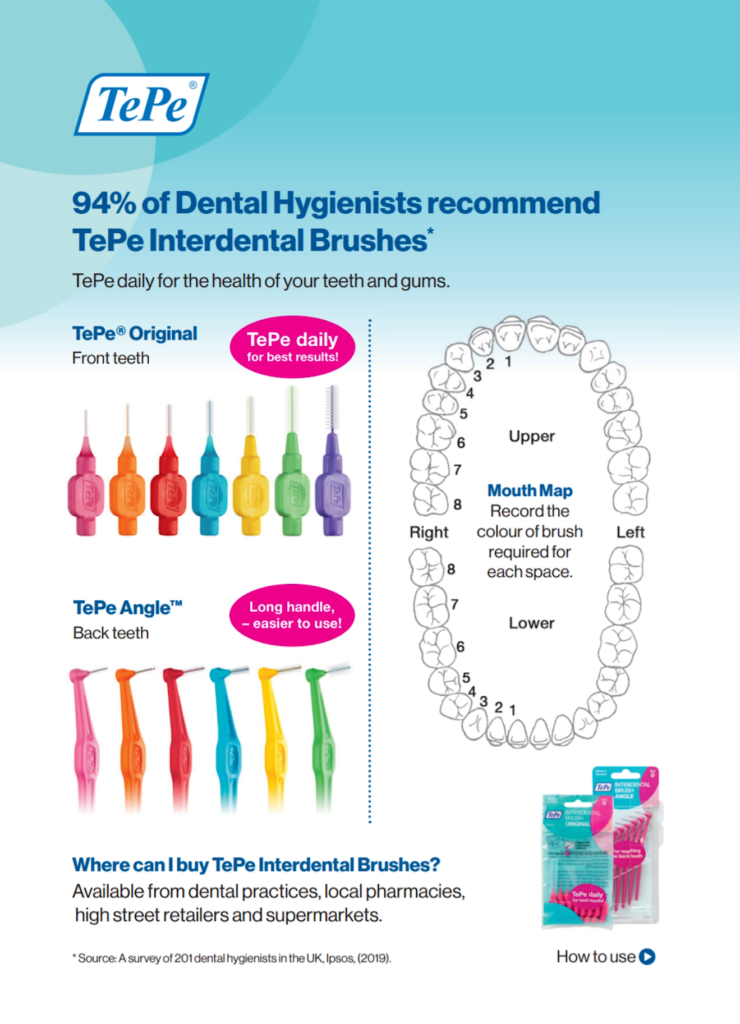
If you spend all the required time with the patient and they simply don’t listen to the advice you’re giving them, ultimately the perio treatment will fail. The evidence in the literature shows us that 50% of the patients fail to comply with the oral hygiene instructions given by the clinician.
A way to improve the success rate of your periodontal treatment is by taking intraoral photos when you first see the patient, at 4 weeks and at 3 months to demonstrate the lack or presence of oral hygiene compliance visually to the patient.
Additionally, regular attendance for professional tooth cleaning by a dental hygienist is crucial not only for the cleaning itself but also for reinforcing oral hygiene reinforcement and motivating the patient. In addition this it allows us to revaluate the risks factors such as a patient’s smoking status.
You can also check out the video we did on giving oral hygiene instructions.
Knowing when to refer and giving further options
The final reason why your perio treatment might be failing could be due to the complexity of the case. A common reason for treatment failure is the level of experience and insufficient knowledge of the periodontal disease evaluation.
The clinicians should be able to establish the correct diagnosis and understand whether management of a particular case is within or beyond their expertise. Simply doing deep scaling, oral hygiene advice and hygienist referrals is often not enough to manage a patient with gum disease.
The clinician must be able to reassess a patient with periodontitis in set intervals and inform the patient about the possible progression of each periodontally involved site in addition to discussing further options, for example, surgical periodontal treatment or guided tissue regeneration. You should never practice outside of your scope and instead it would be wise to refer to either a dentist with a special interest in periodontology or to a specialist periodontologist. Such assessment and decision making often requires particular knowledge and experience in the field of periodontology.
You can check out page 41 of BSPs Good Practitioner’s Guide to Periodontology to see which cases they recommend a referral for.
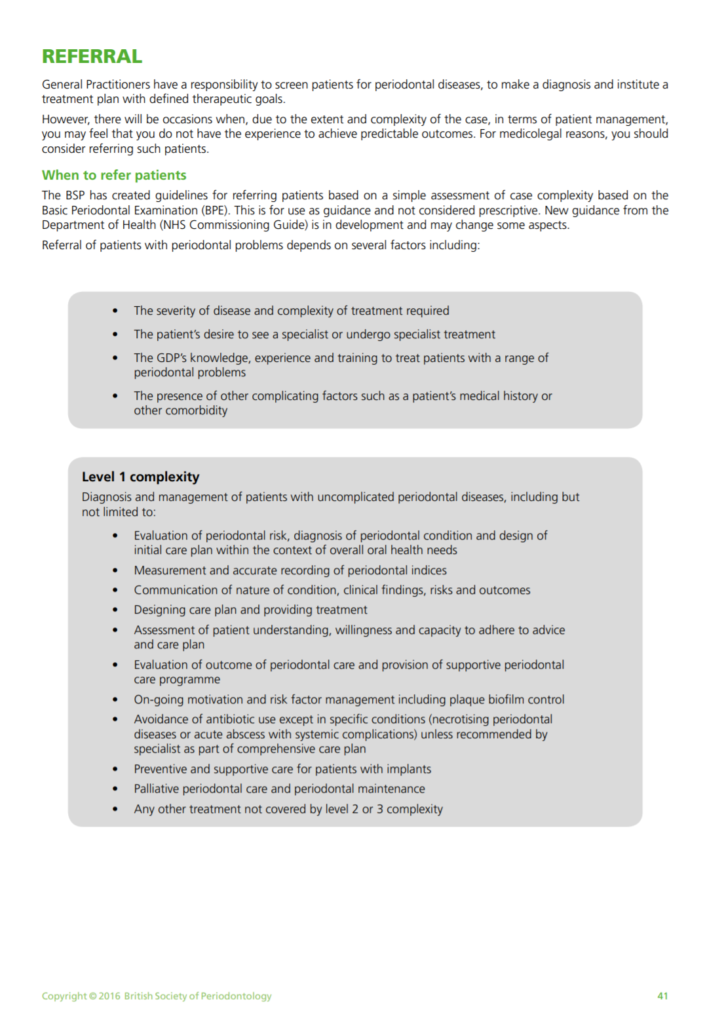
🗺 TePe Mouth Map: https://www.tepe.com/uk/for-professionals/practice-support/patient-prescription/
🦷 OHI video: https://www.youtube.com/watch?v=4AU2Abxw-00&t=1s
🔭 Scope of practice: https://www.gdc-uk.org/docs/default-source/scope-of-practice/scope-of-practice.pdf
📑 BSP Good Practitioners Guide: https://www.bsperio.org.uk/professionals/publications
Check out our other content
If you’re interested, feel free to check out our other Blogs, our Instagram page, or our YouTube channel for more.



